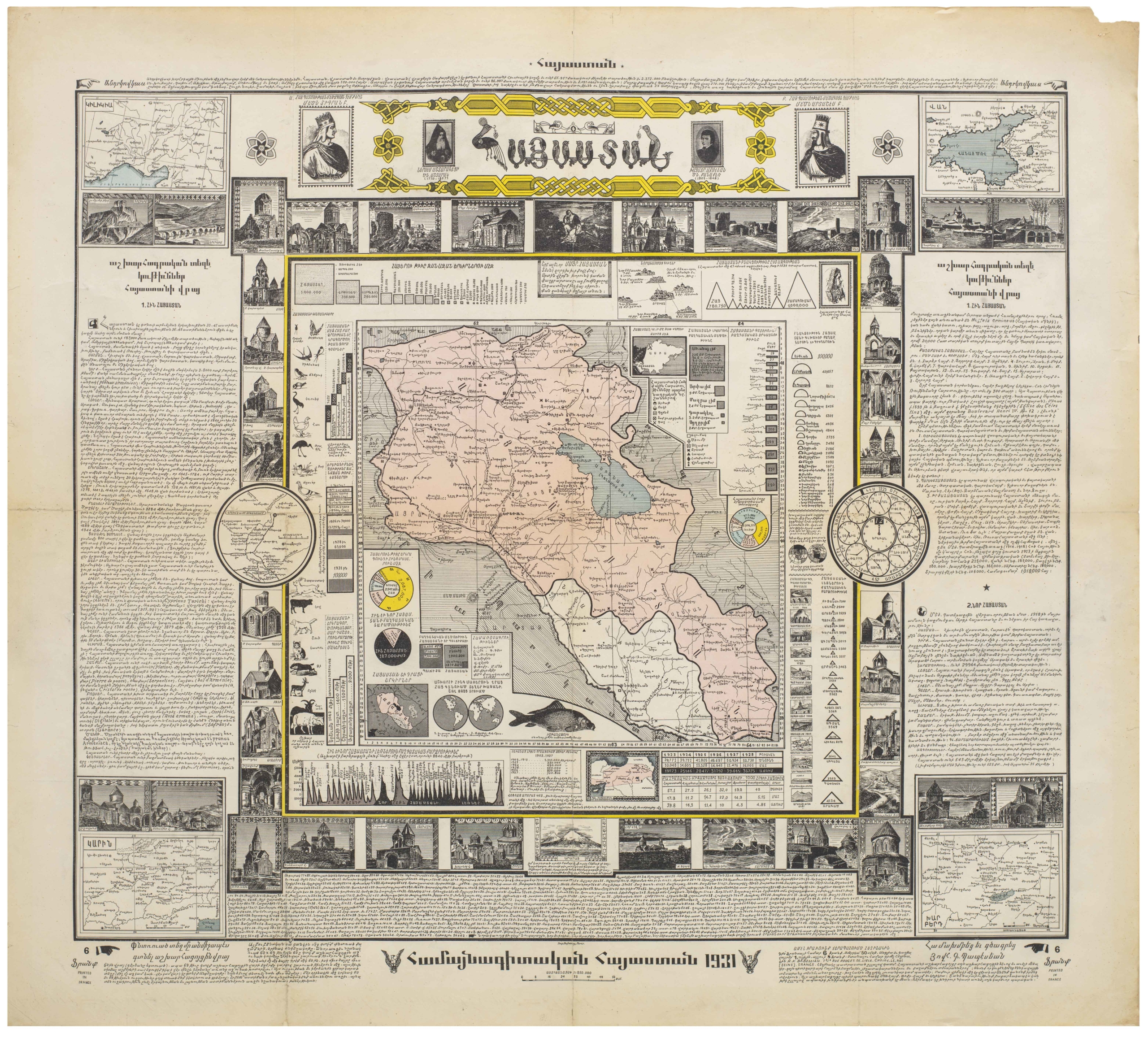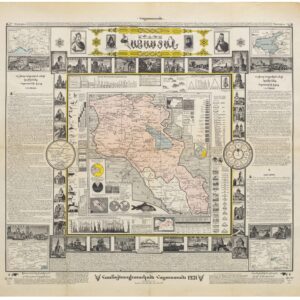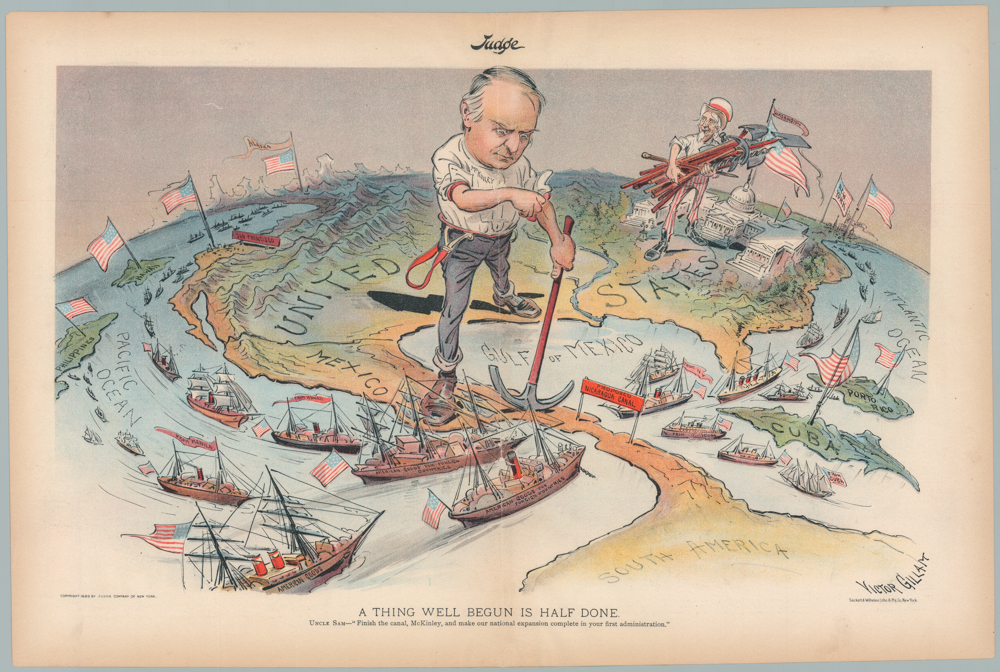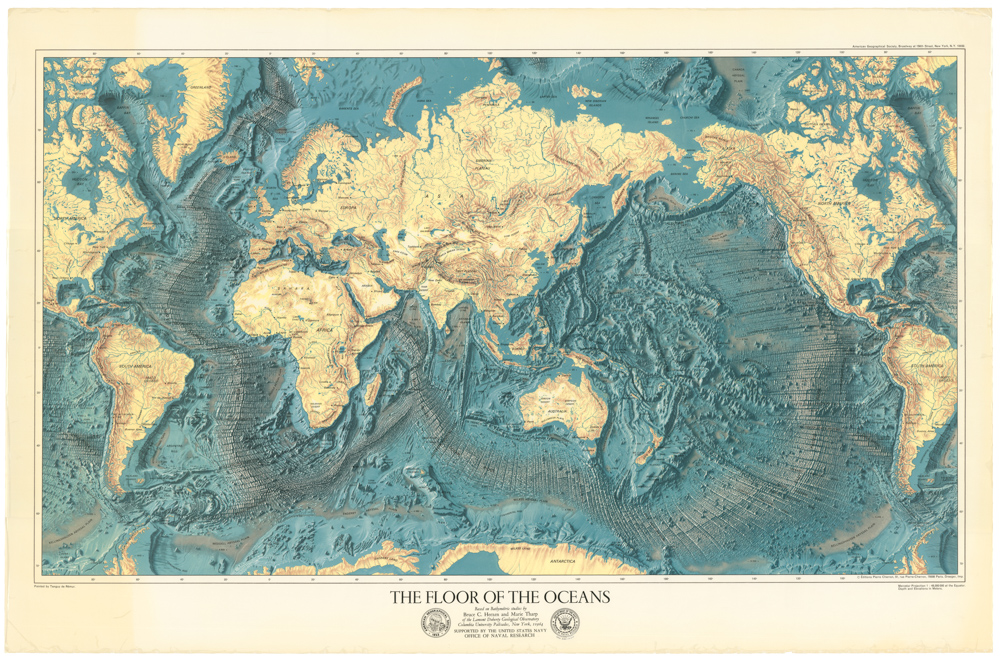Exceptionally rare Parasitic Twins Broadside: a cultural prism of early modern England.
A True Picture and Story of Two Brethern borne in Genoa in Italie, 1620, the one called Lazaz, the other John Baptist, both at this present living, and to be seene in the Strand at London, 1637. Decemb.6. [title repeated in Latin].
Out of stock
Description
Seemingly the only known copy of an illustrated London broadside, which captures both the zeitgeist of religious strife and the emergent entertainment industry of 17th-century England.
The broadside advertises the kind of spectacle that in the 20th century came to be known as a ‘freak show’ but is embedded with many layers of historical significance. It depicts Lazarus and John Baptist (Gianbattista) Colloredo, a pair of asymmetrically conjoined twins born in Genoa in 1620. The Colloredo twins were such an unusual survival that their mere appearance sustained a traveling show for more than a decade. Billed as a monstrous spectacle, they traveled across Europe and into the Ottoman Empire. Seventeen years after their birth, in December of 1637, this incredible pair could be experienced by audiences at the Strand in London.
As is often the case with conjoined twins, one brother was far more developed than the other. In the Latin text, the diminutive brother (John Baptist) is described as a “monstrum horrendum”; virtually soulless and wholly dependent on the charity and care of his brother. The level of detail in the engraved portrait is excellent. We see a young man standing upright and fully dressed on stage, his eyes and face engaging the crowd. From his lower left torso protrudes his parasitic twin brother, who has one leg, two small and deformed arms, and an expressionless face that slumps lifelessly toward the ground.
The Colloredo brothers are well documented historically, and it is therefore known that the older brother, Lazarus, was a charismatic showman who revealed his brother as a mysterious human attachment to the gawking crowd. Historical accounts and the accompanying description of the parasitic twin relate that John Baptist was not endowed with normal brain function. He is described as an unexpected and perhaps demonic appendage. Every time they entered a new city, Lazarus needed to obtain permission to exhibit his fascinating yet horrifying condition.
Among the accounts describing the brothers, we find some driven by physiological curiosity and constituting proto-scientific observations made by physicians at the time. These accounts confirm that John Baptist was indeed alive. He would never open his eyes. He could not speak but would cry out in distress and agony when being prodded and poked during performances. The twins appear to have shared only some organs, as John Baptist never consumed food but drew his own breath (albeit faint) and had his own heartbeat.
As the twins aged, the parasitic twin developed alongside his brother. He grew a blond beard and became increasingly disproportionate as his head grew from the amassing of spinal fluid in the skull. This development meant that John Baptist’s head matured to become the dominant feature, looking ever more grotesque as it protruded from his otherwise charming brother’s abdomen. Lazarus traveled with two assistants, and while wearing his regular cloak, his secret brother was hidden from passers-by. A portrait hung above each new venue would announce the traveling show.
Today, the dehumanization of John Baptist for commercial and entertainment purposes is naturally off-putting and unacceptable, but in the 17th century, it was considered something of a miracle that such a condition was even possible. This fascination was no doubt further enhanced by the stark contrast between the two brothers. Their existence nevertheless prompted a range of religious, physiological, and philosophical questions. Among the most impacting concerns was the Christian notion of a salvageable soul. In this case, could one speak of a single body being inhabited by two souls? Or perhaps two bodies with a single soul? While there was little doubt that Lazarus fit within the mental template of what constituted a soul-endowed human being, could the same truly be said of John Baptist? Whatever answer one preferred, the inquiries would inevitably turn to how this would be resolved come Judgement Day.
Several broadsides describing the twins are known, but unlike most other publications, which focus on their strange condition’s biological or spiritual intricacies, the present example captures the portentous phenomenon by describing it in verse. The four columns of text essentially consist of two unattributed poems printed in Latin and English. While the first poem constitutes a relatively straightforward description of John Baptist’s state, the second frames the Colloredo twins as the abomination of Catholicism manifested. Under the headline “The Key and Morall of this Riddle” the anonymous poet likens John Baptist’s parasitic dependency to Catholicism’s dependency on the ignorance (blind faith) and falsity of its clergy. In this manner, the twins were presented in some circles as a symbolic parallel to those parts of England that remained Catholic: constituting a mindless deformity nourished by its healthy host.
Census
London: Printed by A[gustine].M[atthews]. for Robert Milbourne, 1637. Broadside on laid paper, 12.5” x 15” on a sheet measuring 19” x 14”; title, engraved portrait measuring 5” x 6.75” with separate publication credit reading “Printed for Robert Milbourne at the Unicorn neare Fleet bridge,” four columns of verse, two in Latin flanking the portrait and two below in English. The latter was the bridge that connected what today is Fleet Street to the Strand.
Considerable efforts to identify parallels have yielded no results, leading us to believe that this is the only surviving example of what was once a circulated advert for a crowd-drawing show. It is not listed in OCLC or ESTC.
Milbourne is known to have published at least one other broadside that featured the same engraving as this one but appears to have been surrounded only by a Latin version of the text. Marmaduke Parsons printed this broadside, and unlike our sheet, it remains relatively common in institutional collections (OCLC no. 613407282). Later, the engraving of the Colloredo Twins was issued again, with the subtitle Israel, The Twin Brothers. It is uncertain to what this refers, although the defamation of alternative religions to the Church of England constitutes a likely explanation. Examples of this alternative engraving exist in various institutional collections, including Yale (digcoll:5235298) and the Wellcome Collection in London (OCLC no. 927451115).
While all three publications to include this image were published around the same time, ours is the rarest and most interesting, as it contains the derogatory text in English translation. The likely reason behind this revision was to reach both learned and unlearned audiences.
Provenance
From the private collection of writer, artist, and ephemerist Peter Jackson of London.
Cartographer(s):
Robert Milbourne (a.k.a. Melbourne) (c.1617-1643) was an English publisher and bookseller operating out of London. While primarily a commercial publisher, Milbourne seems to have had an affinity for publishing anti-Catholic works, including John Gee’s scourging criticism in 1624. He was significantly involved in various dramatic and theatrical publications and advertisements, which he often produced in collaboration with another London-based printer, Augustine Matthews, who was involved with many important 17th-century publications, including the 2nd quarto edition of Shakespeare’s Othello in 1630.
Condition Description
Good, expert repairs to lower corners, relatively light staining at edges, very skillful and discreet reinforcement with light application of paper pulp to some thin areas at edges on verso.
References
Jan Bondeson (2004). The Two-Headed Boy, and Other Medical Marvels. Cornell University Press.
Karen Jillings (2016). Monstrosity as Spectacle... Popular Entertainment Studies 2, 1: 54–68.
Stephen Pender (2004). No Monsters at the Resurrection: Inside Some Conjoined Twins. In Monster Theory: Reading Culture. University of Minnesota Press, pp. 143-167.







![[Set of Four Allegorical Mezzotints of the Continents] America. Europa. Africa. Asia.](https://neatlinemaps.com/wp-content/uploads/2022/07/NL-01491-asia_thumbnail-scaled-300x300.jpg)
![[Set of Four Allegorical Mezzotints of the Continents] America. Europa. Africa. Asia.](https://neatlinemaps.com/wp-content/uploads/2022/07/NL-01491-asia_thumbnail-scaled.jpg)